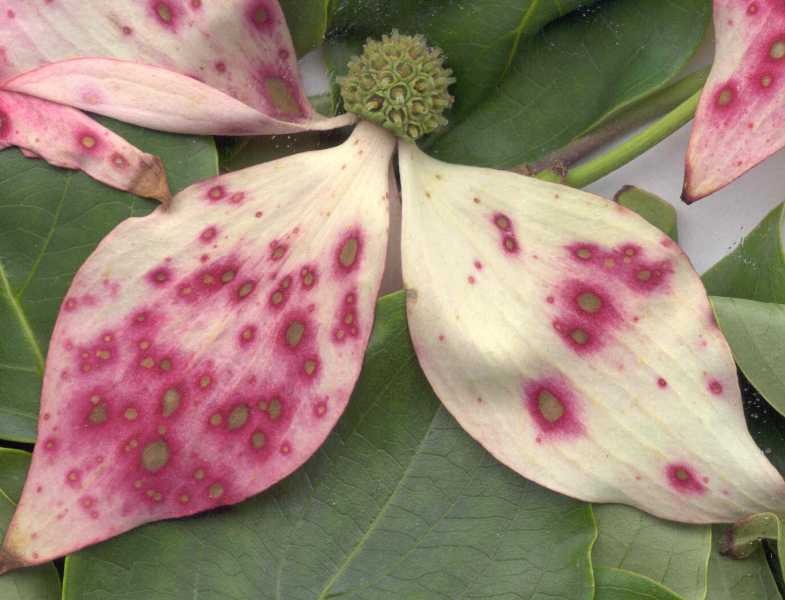

Growing plants with organically enriched soil will prevent most pests and diseases. Management of environmental conditions, good cultural practices and a fungicide will take care of this disease. Botrytis blight is a fungus disease and appears as gray-fuzzy spores on the foliage. It covers foliage with a whitish-gray powder after the plants are several feet tall remove lower leaves to increase air circulation. Powdery mildew will appear with poor air circulation. Diseases include powdery mildew, tuber rot and Botrytis blight. When using insecticidal soap or commercial pesticide, always follow label directions and use protective gear. Unless they really bother you, or you are entering your plant in a show, you can ignore them.

Thrips are very minute and are barely visible on the blossoms except for the white blooms. Apply slug bait when you first plant and during the season if necessary. Dahlias are magnets for slugs especially in a wet and cold spring. Spider mites produce a fine web on the foliage they can be controlled by a forceful spray of water three or four times a week or spraying with a solution of dishwashing soap at the ratio of 1 tablespoon of soap to a quart of water. Control by spraying with water or insecticide. Aphids will curl leaves and leave a sticky film on the foliage. The most common pests for Dahlias are: aphids, spider mites, slugs and thrips. If tubers are kept too cold they could freeze and if stored too wet they could rot. If they start to grow too early, simply pinch them back. If tubers are kept too warm they start to grow or could wrinkle and shrivel. Ideal storage temperature is 38 to 50 degrees F. Container soil should be slightly moist, not wet. If you have a different way of storing and it has worked for you in the past do not change a good thing.

Plant tubers in appropriate size container, (my favorite way to store for winter) label and store. If they are too difficult to locate, divide clumps in halves or quarters before dividing into individual tubers. Not all tubers will have an eye visible many times they appear during the overwinter storage period. Tubers should have an eye to grow they are located near the stem of the clump. Using a sharp knife (or a flat head screwdriver), remove any damaged tuber and the hair roots. This process can be done in the fall or in the spring.


 0 kommentar(er)
0 kommentar(er)
